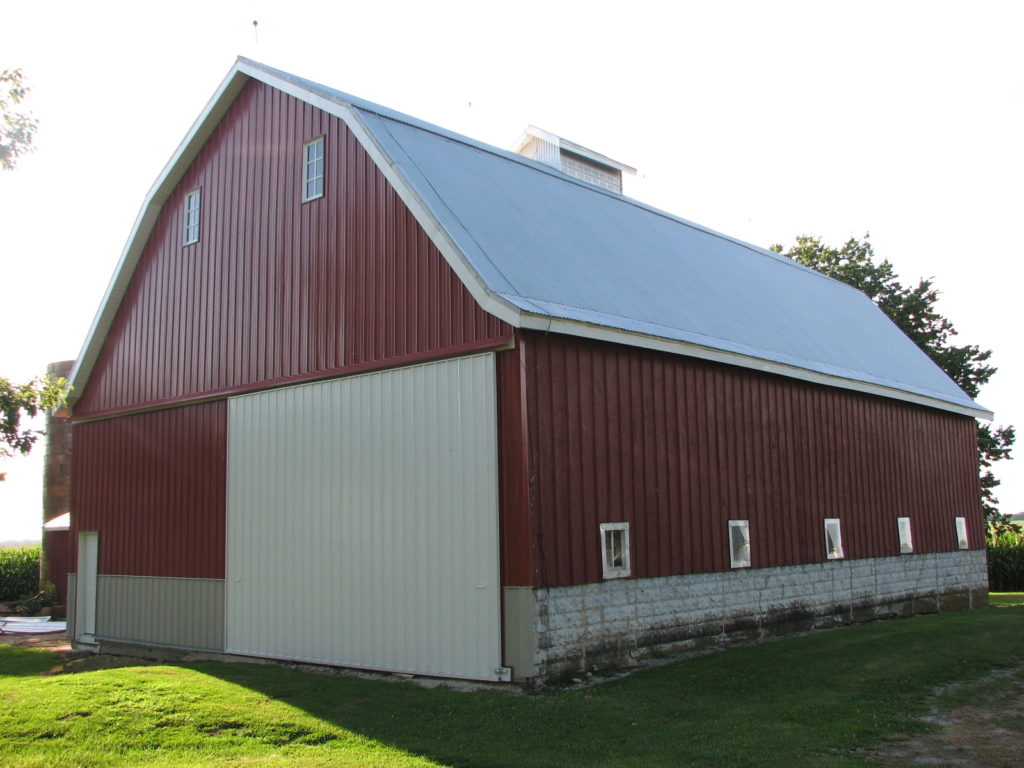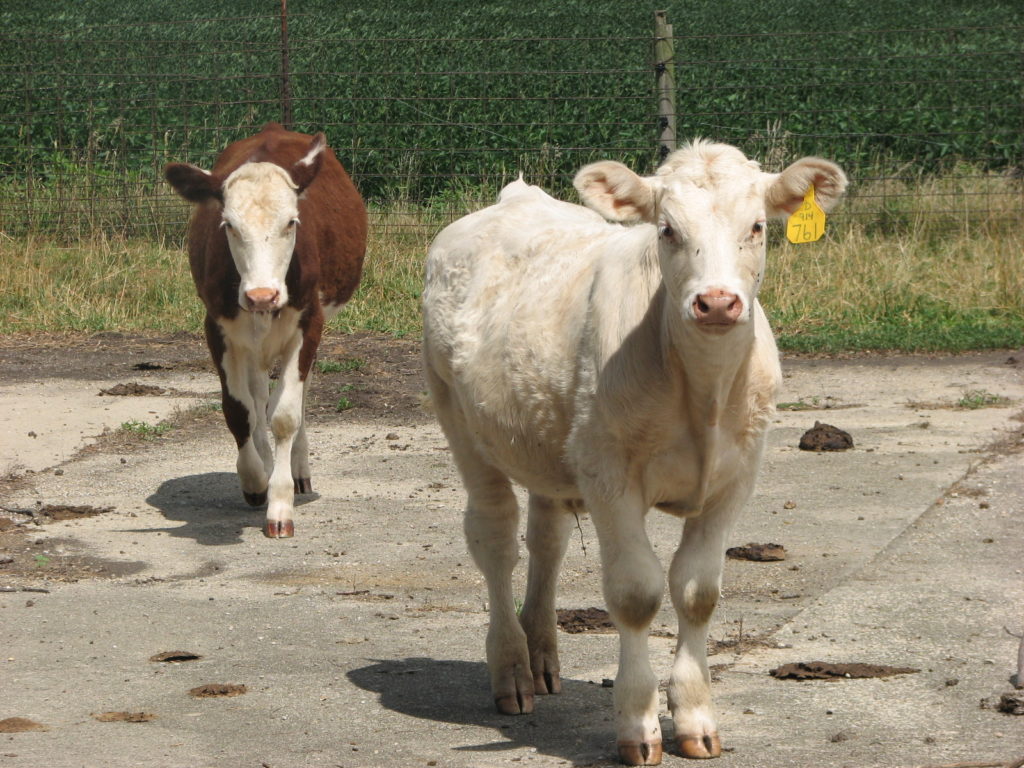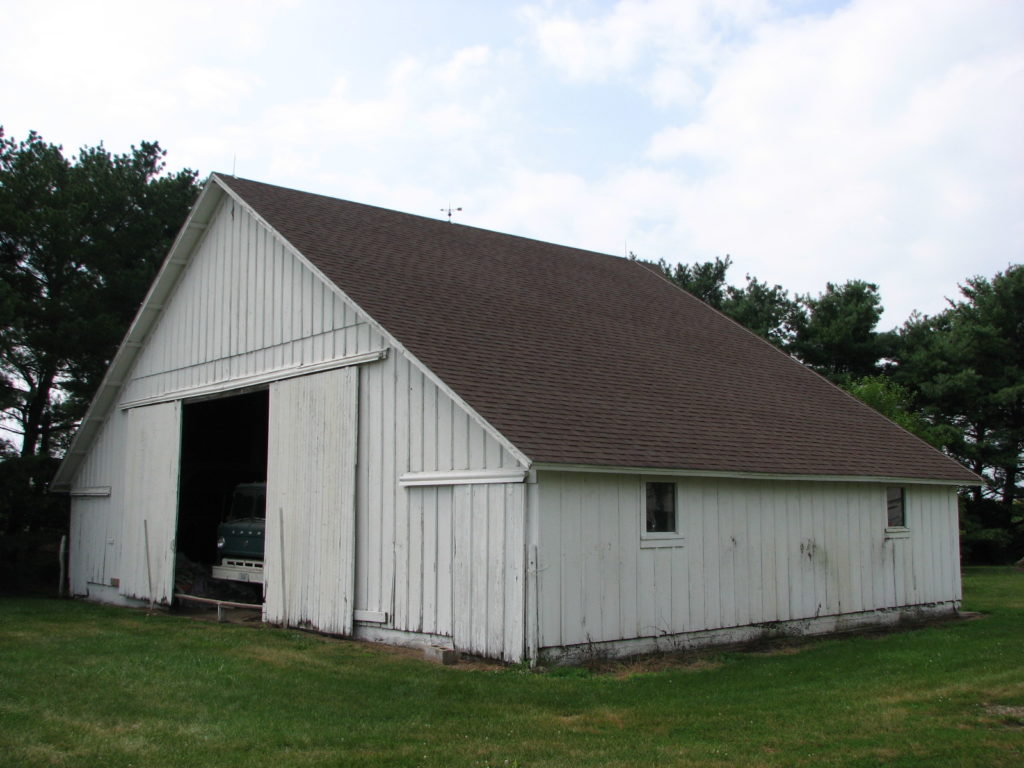Barns: An Endangered Treasure

Sadly, many of the old, glorious barns we admire today will be gone, sooner rather than later. Time and the vicissitudes of Mother Nature are taking their slow but inexorable toll. In 1955, there were approximately 4,500 barns of all types in McLean County. In 2002, a countywide survey conducted by area barn enthusiasts and volunteers showed that there were only 1,200 or so left, a loss of nearly three-quarters in less than a half century. Since completion of that survey more than fifteen years ago, many more barns have been lost to the elements or razed by landowners.

The disappearance of the barn from the Corn Belt landscape can be attributed to several factors. Horse barns proved ill-suited to the coming machine age, as they were difficult or impossible to convert to the storage and maintenance of ever-larger field equipment, including tractors, planters, cultivators, and pickers (to say nothing of the hulking combines to come). Dairy barns also lost their utilitarian value when area farmers began focusing greater attention on cash grain farming. Wood barns fell out of favor in the postwar years, replaced by the likes of metal-sided pole barns and metal-framed machine sheds. Although these cost-effective and low-maintenance buildings are essential to the workings of a modern Corn Belt farm, we can all agree that they lack the beauty and character of their predecessors.

Although the need is great, there is little public or private money available to help farmers and others save their barns. Given that the price tag for restoring a single barn can easily reach into the many tens of thousands of dollars (if not six-figure territory) many barn owners are understandably resigned to the inevitable fate awaiting their old barns. Farming is a tough business with thin operating margins, so there are not many farmers with the time or resources to devote to full-blown barn restoration. Yet other owners, usually those with a love of their farmstead and its history, make a concerted effort to save their barns as best they can, whether by shoring up a sagging foundation, installing a steel roof, or some other repair or upgrade. Although such work usually goes unrecognized by the wider public, the preservation of the rich history of Corn Belt farming depends on nothing less.